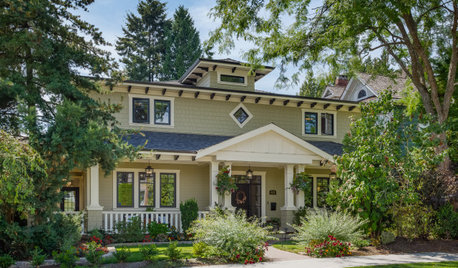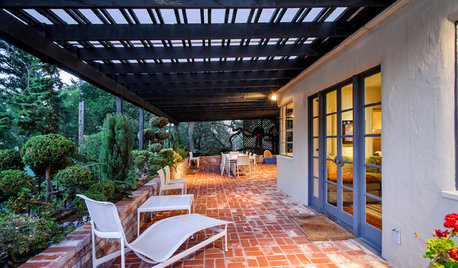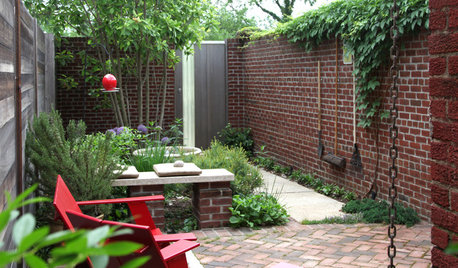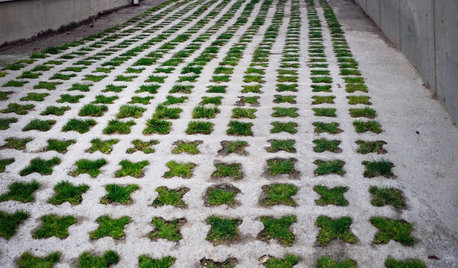Break up clay with Paver's sand versus Peat Moss
strawchicago z5
11 years ago
Featured Answer
Sort by:Oldest
Comments (12)
strawchicago z5
11 years agomackel_in_dfw
11 years agoRelated Professionals
Holly Springs Landscape Architects & Landscape Designers · Maple Valley Landscape Architects & Landscape Designers · New Bedford Landscape Architects & Landscape Designers · Clark Landscape Architects & Landscape Designers · Mountain Brook Landscape Architects & Landscape Designers · Pleasanton Landscape Contractors · Roswell Landscape Contractors · Siloam Springs Landscape Contractors · St. Louis Landscape Contractors · Boone Decks, Patios & Outdoor Enclosures · Haddonfield Decks, Patios & Outdoor Enclosures · Marlboro Decks, Patios & Outdoor Enclosures · Miami Decks, Patios & Outdoor Enclosures · Orland Park Decks, Patios & Outdoor Enclosures · Southampton Decks, Patios & Outdoor EnclosuresRpR_
11 years agoLaurel Zito
11 years agojrmckins
11 years agowayne_5 zone 6a Central Indiana
11 years agostrawchicago z5
11 years agomackel_in_dfw
11 years agoKimmsr
11 years agowayne_5 zone 6a Central Indiana
11 years agostrawchicago z5
11 years ago
Related Stories

GARDENING GUIDESGardening Solutions for Heavy Clay Soils
What’s a gardener to do with soil that’s easily compacted and has poor drainage? Find out here
Full Story
FALL GARDENING7 Reasons Not to Clean Up Your Fall Garden
Before you pluck and rake, consider wildlife, the health of your plants and your own right to relax
Full Story
LANDSCAPE DESIGNHow to Incorporate Your Roofing Into the Landscape
Choose hardscape and plantings that work with your roof’s color, texture, shape and line
Full Story
PATIOSLandscape Paving 101: How to Use Brick for Your Path or Patio
Brick paving is classy, timeless and a natural building material. Here are some pros and cons to help you decide if it’s right for your yard
Full Story
LANDSCAPE DESIGNHow Brick Fits Into Today’s Gardens
Natural brick is often considered a traditional building material. Here’s how people are using it in contemporary gardens too
Full Story
LANDSCAPE DESIGNNatural Swimming Pools: More Beauty, No Chemicals
Keep your skin and the environment healthy with a pool that cleans itself, naturally
Full Story
EARTH DAYHow to Build a Greener Driveway
Install a permeable driveway to keep pollutants out of water sources and groundwater levels balanced
Full Story
GROUND COVERSGround Force: 10 Top Ground Covers for Your Garden
Protect your soil from weeds and drought this summer with a living mulch of ground covers
Full Story
LANDSCAPE DESIGN15 Great Ideas for a Lawn-Free Yard
End the turf war for good with hardscaping, native grasses and ground covers that save water and are easier to maintain
Full Story
FARM YOUR YARDHow to Grow Vegetables in Containers
Get glorious vegetables and fruits on your patio with a pro’s guidance — including his personal recipe for potting mix
Full Story





mackel_in_dfw